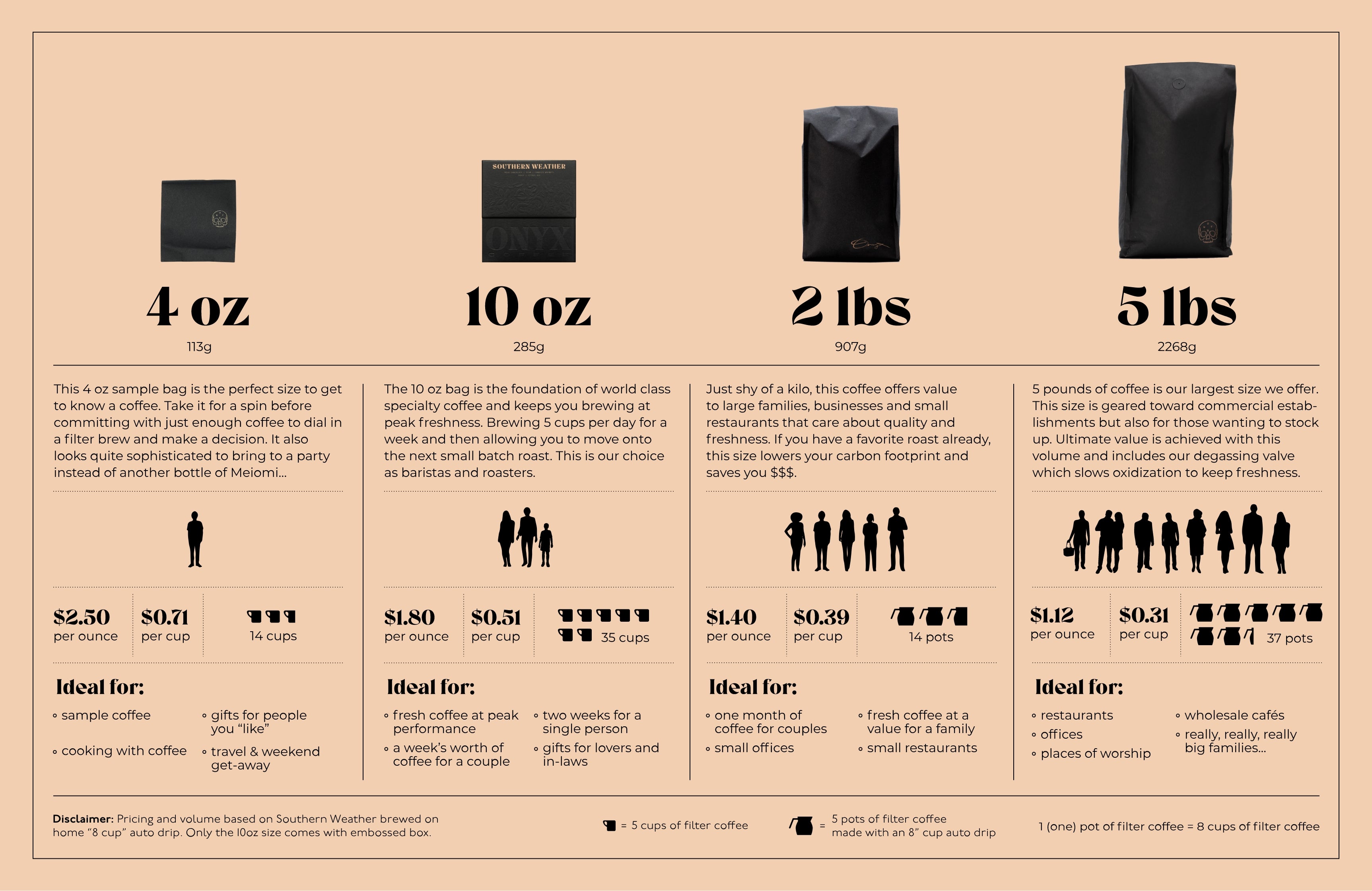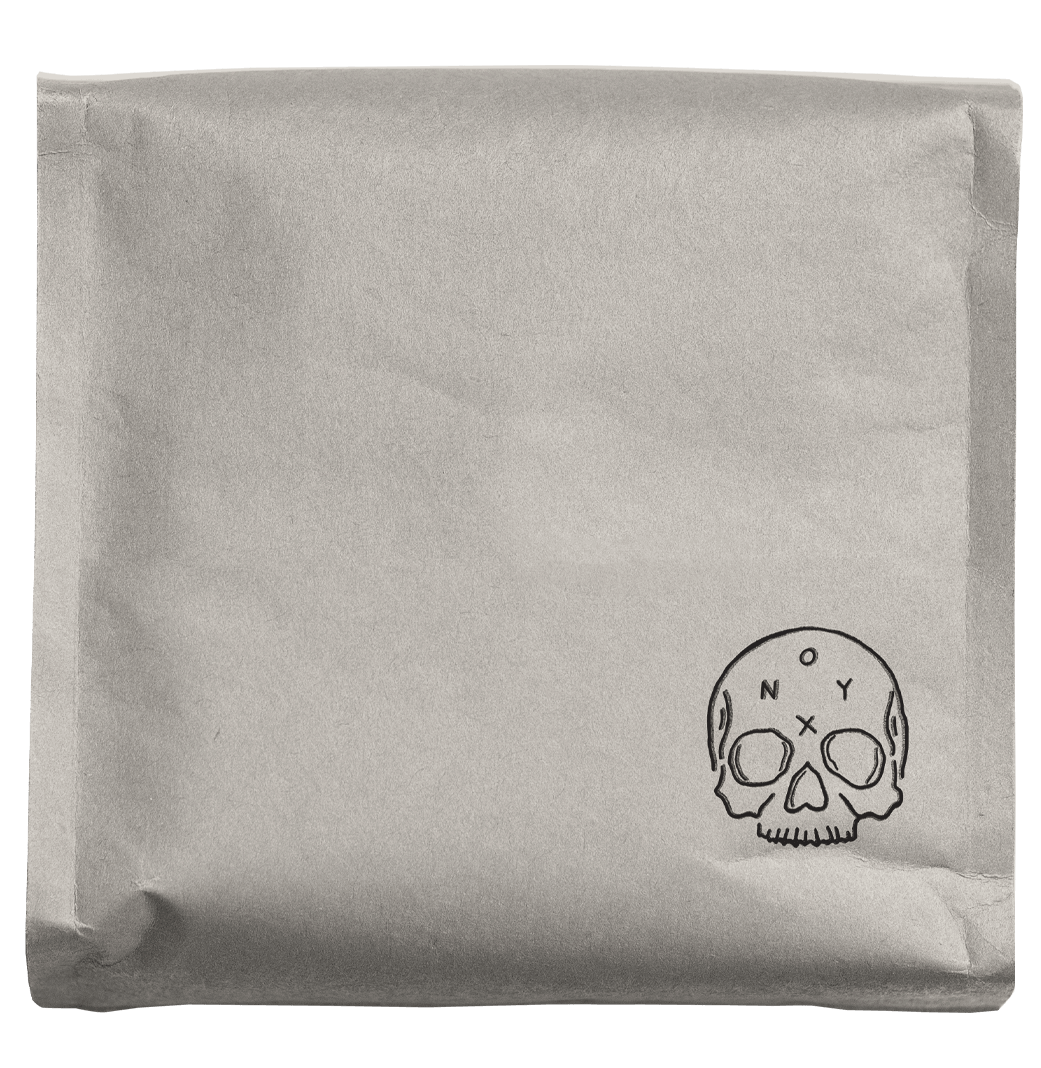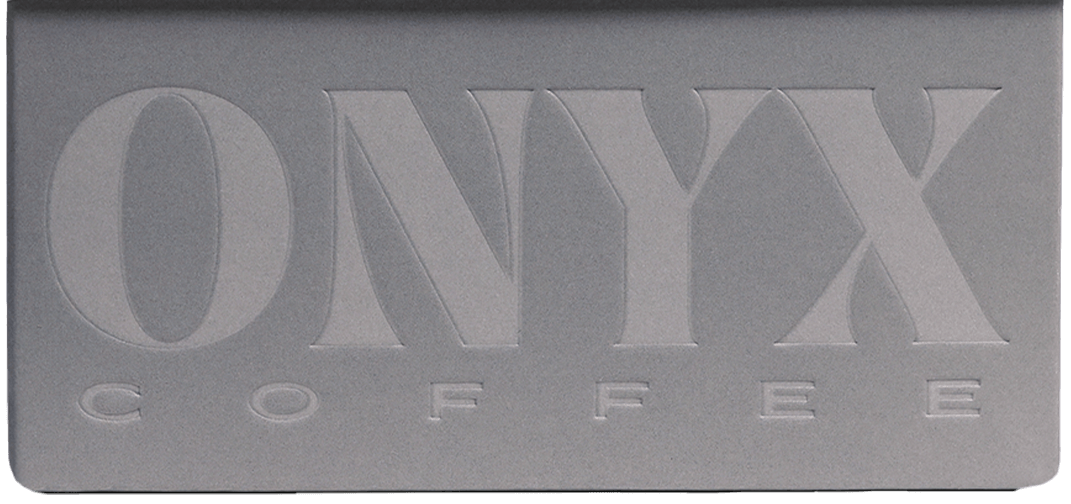Story
“Our farm´s history dates from XIX century, when Antonio López Colom started working in the farm. It was until 1960 that Mario De La Cerda, and his wife Maria Colom (next in the successor’s line of Colom) bought a big farm composed in three properties: El Socorro, San Guayabá, and Rio Arriba. Bringing back these lands to the original family owners.
His son, Juan De la Cerda Colom began managing the farm. He had always wanted to plant coffee. His father allowed him under one condition: “Never become indebted”. In 1999 Diego de la Cerda (3th generation owner) began to manage the farm and make some changes not only in the production, but also in the coffee processing. Coffee has been grown in this land since 1980. Right now the farm produces many varietals and exports coffee to more than 15 clients over the world.
The richness and quality of our coffee is what makes us really proud. We have caused plenty of positive impact on surrounding land where people, are aware of our work ethic and love working with us. There are many workers that are constantly looking forward for job openings at our land sight.
The farm is located at a very high altitude which allows the coffee to have an exceptional quality and taste. Traditionally, coffee plants were grown under shade trees. We have left the native shade trees of the zone, just to maintain the biodiversity intact. That has been one big factor that has improved the quality of our cup.
Over the last 15 years, our milling process has evolved. Instead of using cold water, we have applied hot water to speed up the fermentation process. In this shorter period of fermentation, the coffee grain keeps its density. It also helps maintain the grain’s components pure and natural ( sugars, oils, etc.). We do take a lot of care managing our plantations, making sure that the coffee trees receive all the nutrition and pest control needed.”
WASHED PROCESSED COFFEES
The washed process begins with coffee cherries delivered to the washing station, both from the primary market or from farmers bringing their coffee directly to the mill. The cherries are inspected, and an initial quick round of hand-sorting separates the defective coffees before placing them into the hopper. They are then funneled to the depulper, which removes the fruit from the seeds (beans). After that phase is done, the coffee is fermented underwater for approximately 12-36 hours. During this fermentation, a microbial de-mucilagation takes place, which allows the outer fruit and pectin layer to break down, making the coffee easier to dry. This phase also crucially alters the organic acids within the coffee, as sugars and organic acids are transformed, with the best washed coffees maintaining their complex fruit esters. Once the fermentation is complete, the parchment is emptied into the washing channels, where it is agitated with rakes to remove the last of the fruit layer. During this step, the water is refreshed to ensure it’s capability of separating the fruit layer from the seed. Once the washing is complete, the coffee is taken to the raised drying tables for sun drying.



